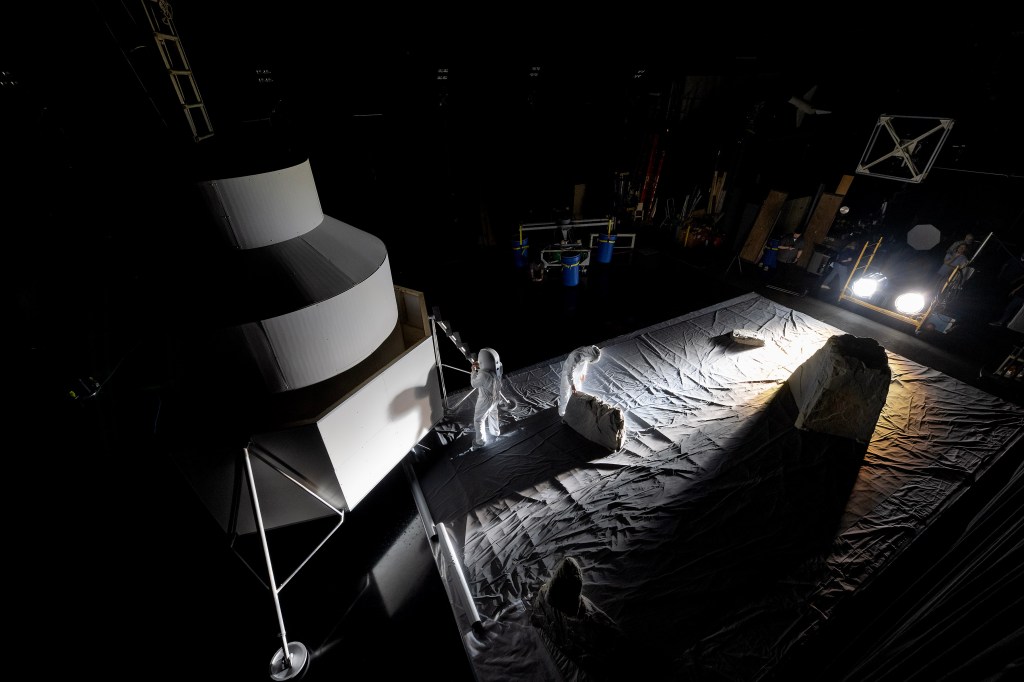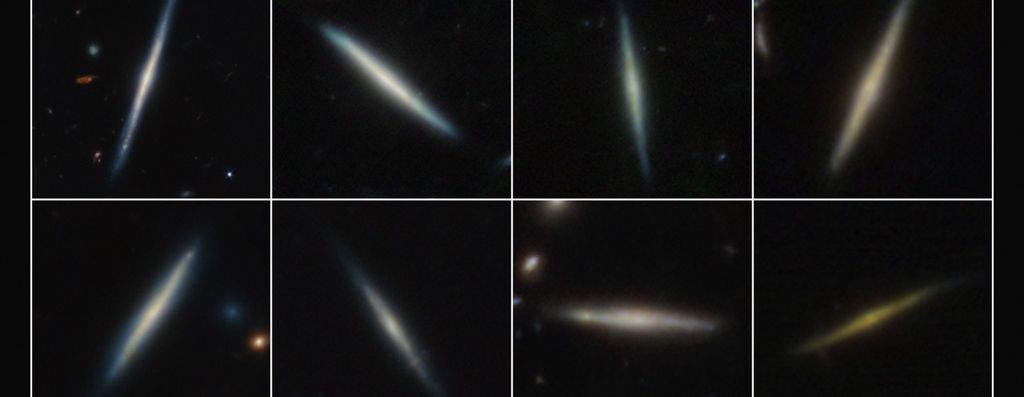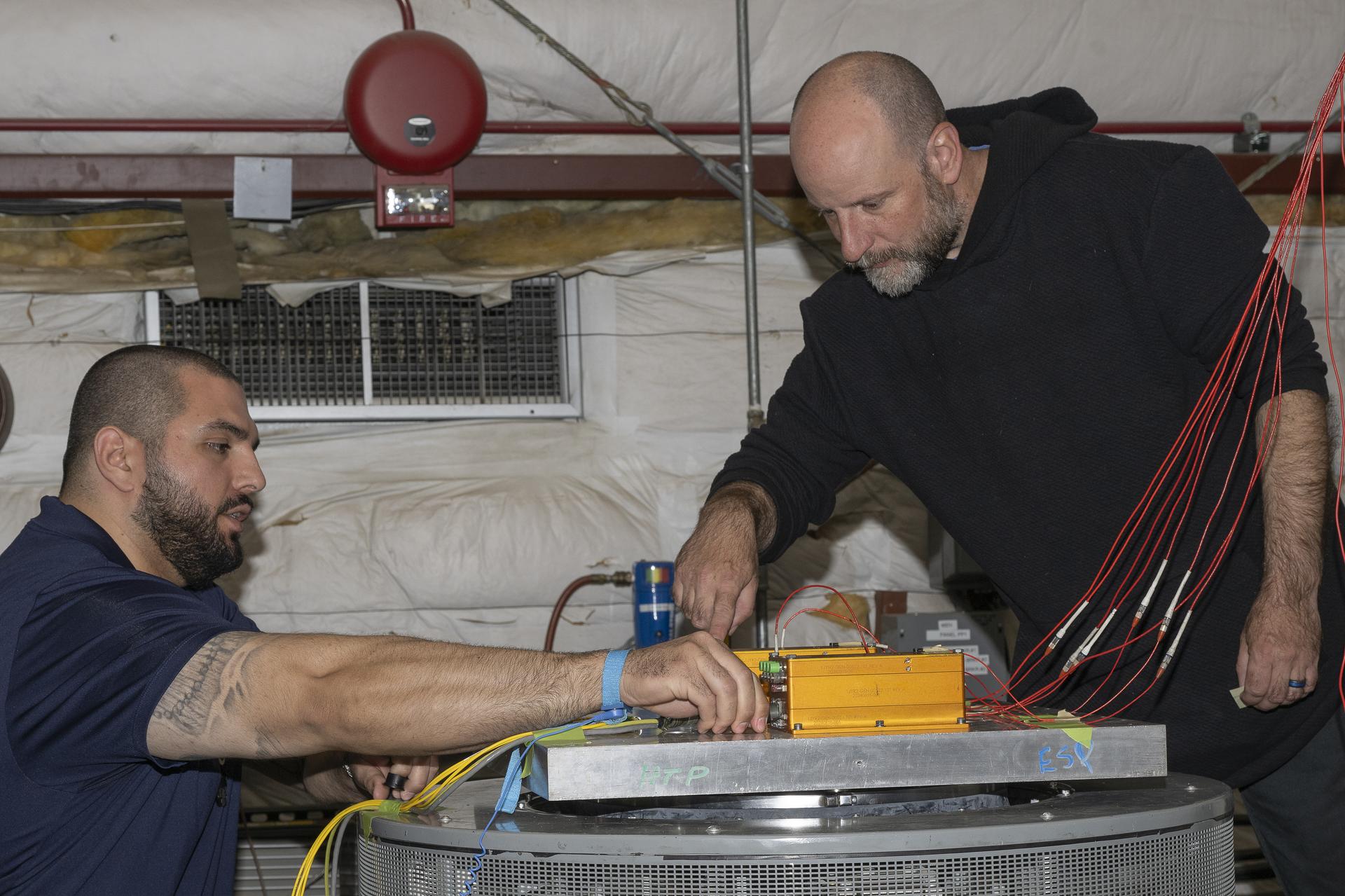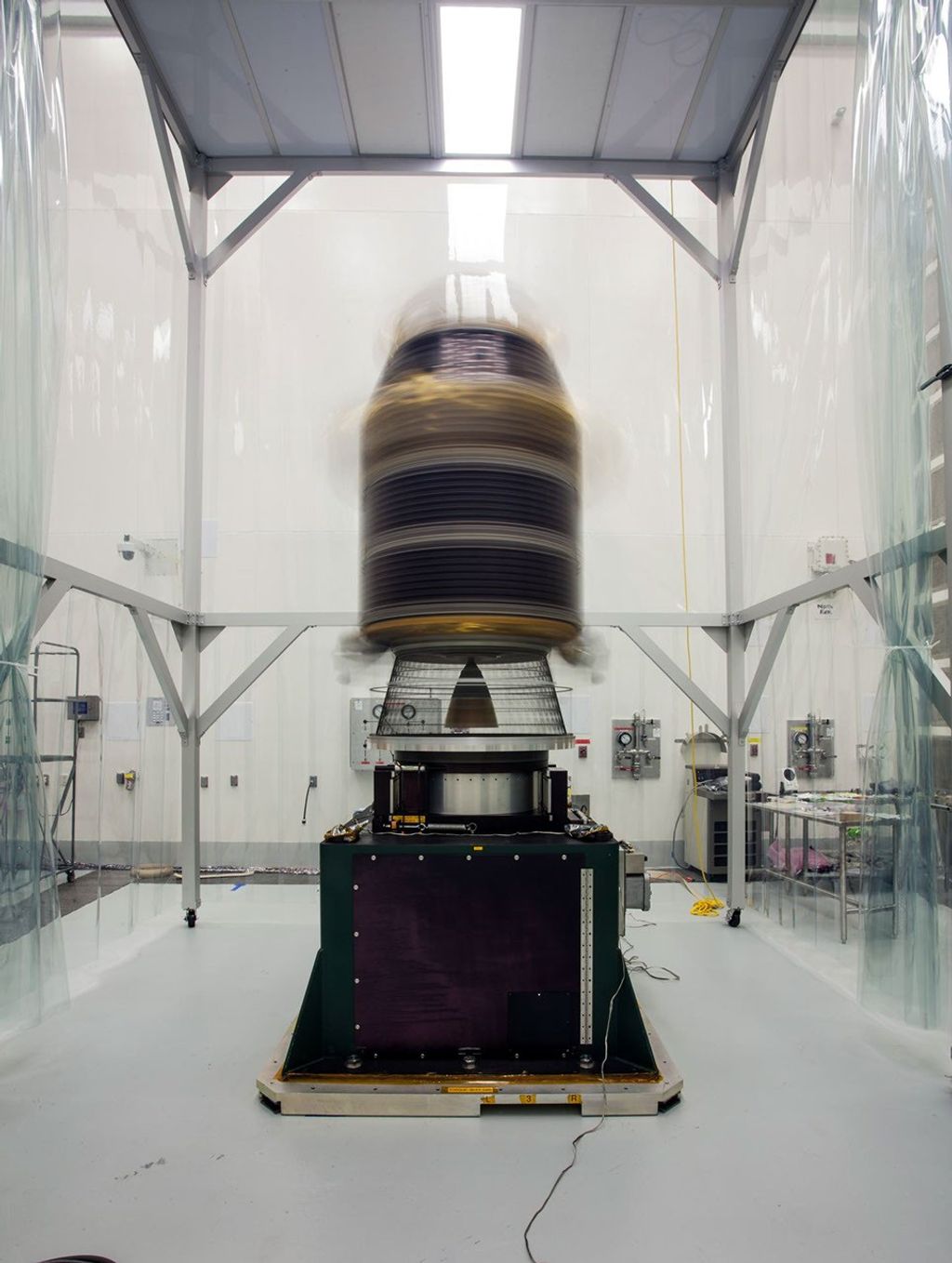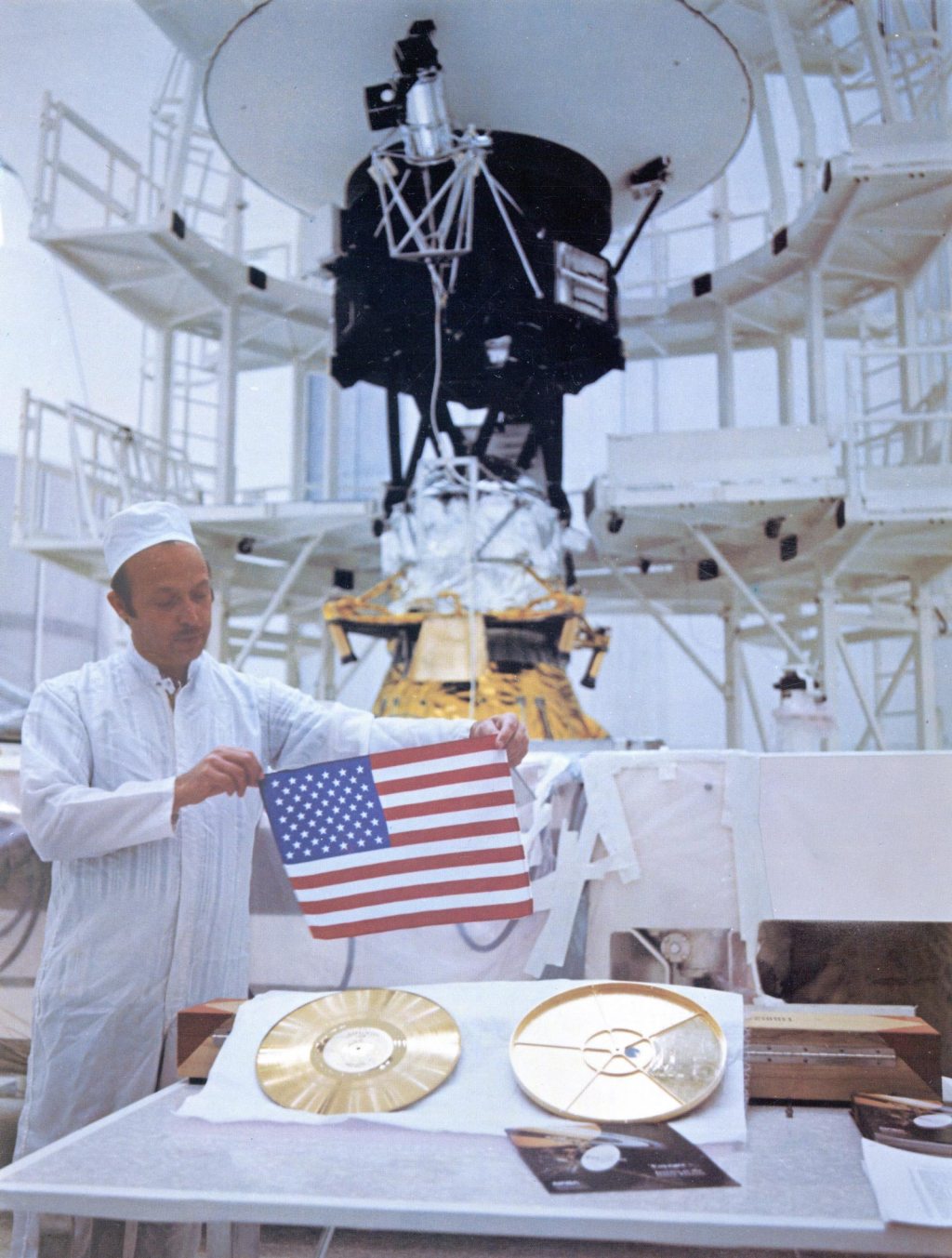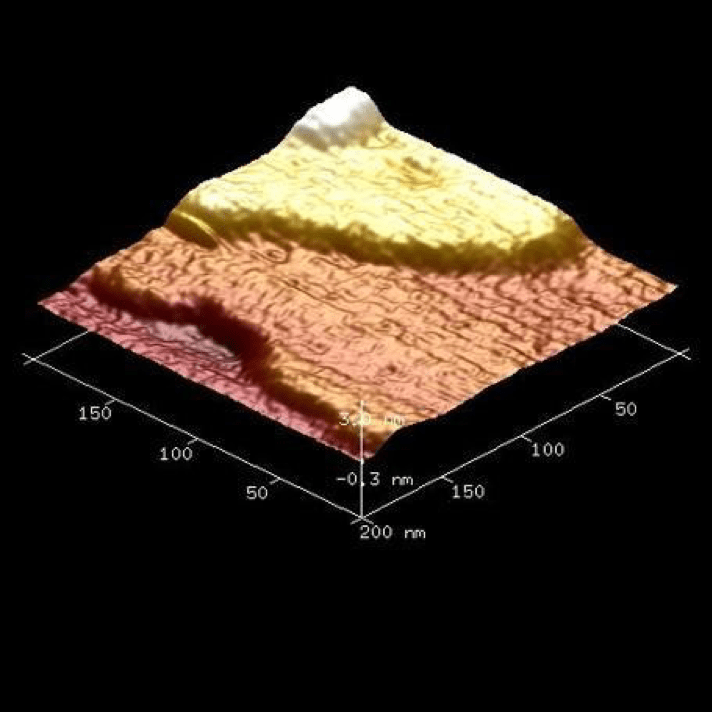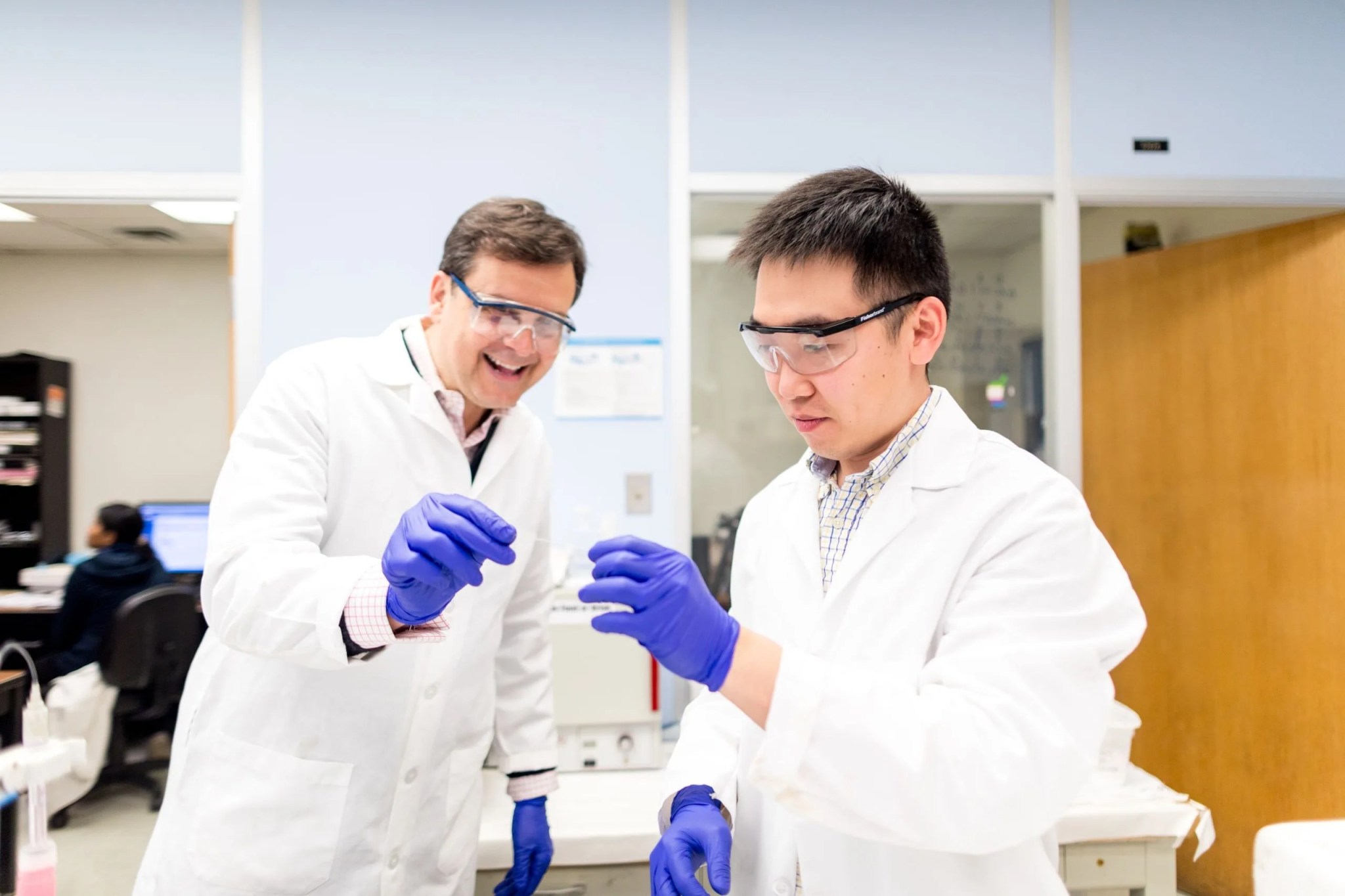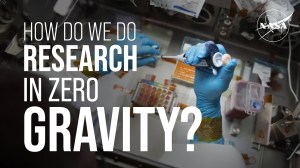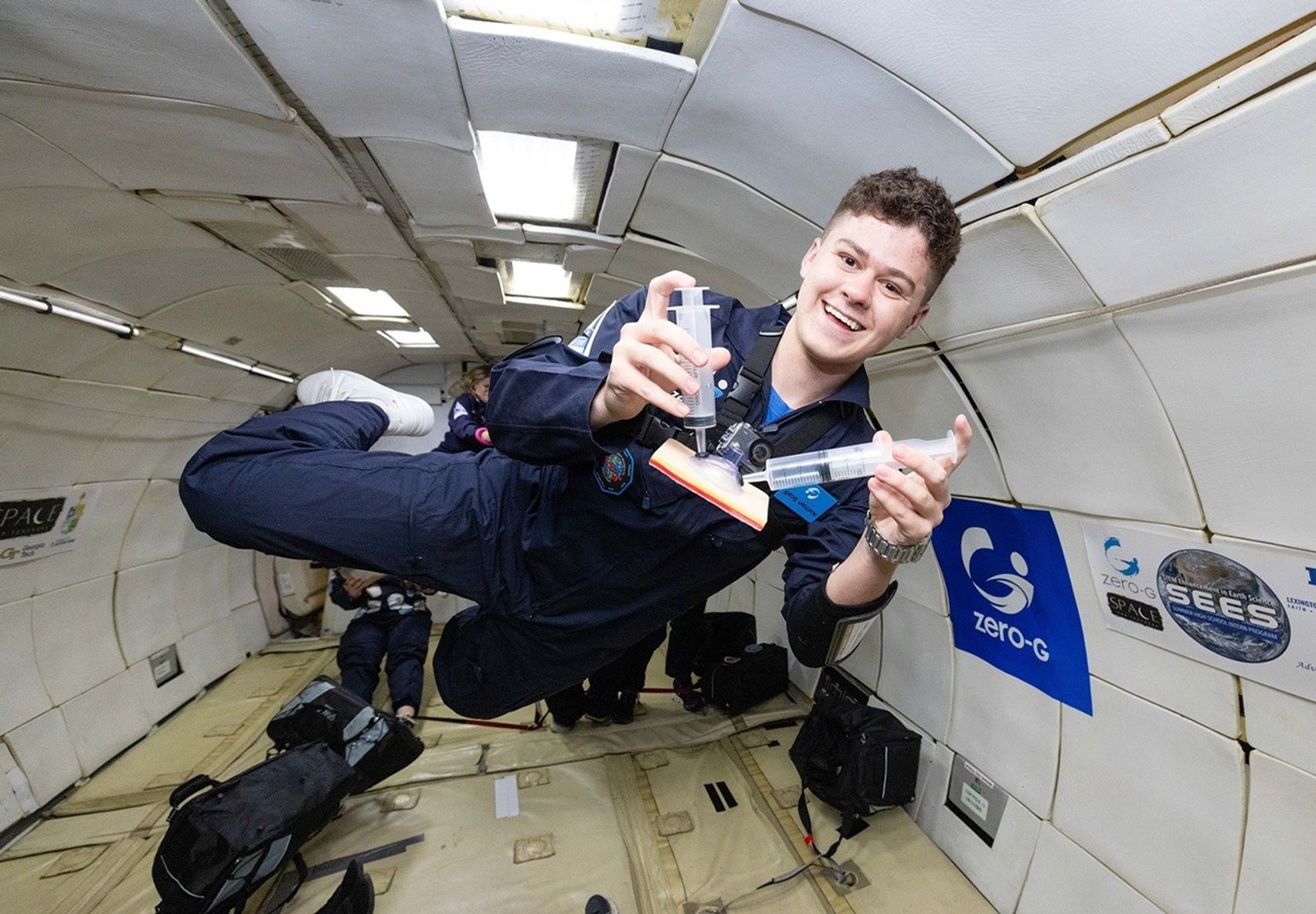Peter Vekilov is surprised and delighted. When he and his colleagues at the University of Houston set out to study advanced crystallization processes as part of ground-based research before an upcoming spaceflight experiment, they had hoped to learn more about how crystals form and degrade. They ended up evaluating how drugs for malaria interact with each other at the molecular level and finding new ways to combine malaria drugs that may be more effective. Their methods might also have industrial applications that could improve everything from drug manufacturing and chemical preparation to agriculture and the environment.
To most of us, crystals mean jewelry, geodes, or science kits we were given as children. Actually, the crystallization process is part of a huge number of phenomena that are central to our health and comfort. Crystals of calcium phosphate are part of our bones. When crystals form where they aren’t supposed to, they can cause diseases like Alzheimer’s (amyloid beta-peptide fibril crystals) and gout (uric acid crystals). Most chemicals are developed as crystals because crystals are the most compact form of matter, and drugs are usually prepared as crystalline compounds, like tiny crystals of acetaminophen.
The basic mechanisms of crystallization were discovered in the 1960s and 1970s. Vekilov and his team reviewed them, decided to go a step further, and looked at how to interrupt the crystal formation process. They chose malaria as their platform of action.
The malaria parasite is a fully formed organism with a nucleus that contains many strands of DNA called chromosomes. In contrast, most bacteria do not have a nucleus and only one chromosome. The parasite is carried from place to place by a female Anopheles mosquito that lights on animals or human beings, sticks its long nose into their bodies, and extracts some blood on which it feeds. It transfers the parasite to the human host in the process. When the mosquito digests a meal, it breaks down the blood into its components, one of which is hematin. Hematin is toxic to the malaria parasite, so the parasite transforms it into a non-toxic crystal that neutralizes the poison. The researchers wanted to study how the parasite does this so they could find a way to stop the process and kill the organism.
Malaria causes around 500,000 human deaths worldwide every year. The current drugs, although they all interrupt the crystallization of hematin that is the parasite’s Achilles heel, are becoming ineffective because the parasite is adapting to them. This is normal. All living organisms adapt to their environment and scientists will need to find new anti-malarials, antibiotics, and anti-fungals about every 30 years from now on to stay ahead of the adaptation process.
Vekilov and his colleagues wanted to try combinations of the four currently effective malaria drugs to see if they worked better when used together. The results were surprising. When combined randomly, the drugs often cancelled each other out and the parasites were not affected. Crystals have horizontal surfaces and vertical surfaces. The team discovered that successful drug combinations contained one drug that affected a horizontal surface and one that affected a vertical surface during crystal formation. They also discovered that they only made each other more potent at low concentrations; at high concentrations, they acted against each other again. This is contrary to common sense, which often says that more of a good thing is a better thing.
The double-surface combinations interrupted the hematin binding process at two separate points instead of one, destroying it more effectively and giving the parasite two things to which it has to adapt instead of one. This will make future malaria treatments effective for longer periods of time.
“NASA is delighted to have been one of the funding organizations supporting this research,” added Dr. Craig Kundrot, SLPSRA’s Director. “From a NASA perspective, this is fundamental research and, as often happens, many new applications are uncovered as the research makes unexpected discoveries. This ground research has prepared the way for Dr. Vekilov’s next set of experiments, which will take place on the International Space Station and will explore other aspects of hematin.”
The discovery also translates easily into the realm of materials science.
Understanding how multiple modifiers affect crystallization in the world outside the body than the world within it has not been an area of emphasis for industry. The process is used in industry to separate products from one another, purify them, and select their final solid form. Crystallization is also a major player in why the earth stays firm, the way rocks are structured, and the consistency of rain, snow and hail. All of these things could be changed if the crystallization process could be manipulated more precisely. Using more than one modifier might be the key to that.
A good example is influencing where rain will fall. This is done by adding modifiers to clouds that speed up ice crystal formation so cloud moisture is contained before it reaches a particular destination.
What if multiple modifiers allowed scientists to move rain clouds into drought-stricken areas or over wildfires to quench the flames? What if drugs could be purified more easily, lowering prices and making them more available to poor countries? Using multiple crystallization modifiers might make all these things possible and more, because combining modifiers seems to have an additive effect and makes them more powerful than they are individually. The Houston team has taken the first step towards a promising future.
“The results of these experiments will be particularly exciting for biomedicine,” said Sridhar Gorti, Ph.D., NASA’s Project Scientist for the investigation. “It is wonderful to see that knowledge of the physics of crystal growth may still have many more unexplored applications.”
To review the research findings in detail, go to https://rdcu.be/b0CVF and read Dr. Vekilov’s article in Nature.
Stay informed on other exciting SLPSRA research initiatives:
https://science.nasa.gov/biological-physical
For daily updates, follow @ISS_Research, Space Station Research and Technology News or our Facebook. Follow the ISS National Lab for information on its sponsored investigations. For opportunities to see the space station pass over your town, check out Spot the Station.







